When To Prune Shrubs For Better Blooming: Trim Shrubs At The Right Time So You Dont Cut Off The Flowers
Pruning at the right time is crucial for spring-flowering shrubs like forsythia, rhododendron, and weigela to produce an abundance of blooms. In Rhode Island, for example, forsythia typically blooms in April, so if you pruned it back in July, don’t expect a robust display of flowers this year. Most spring-flowering shrubs form flower buds within just a few weeks of finishing their current season’s blooming, so it’s essential to prune them at the right time to encourage next year’s bloom.
By remembering this key fact, you’ll be able to prune your shrubs with confidence, ensuring you get the best results without sacrificing future blooms.
Spring Flowering Shrubs
#1. Forsythia
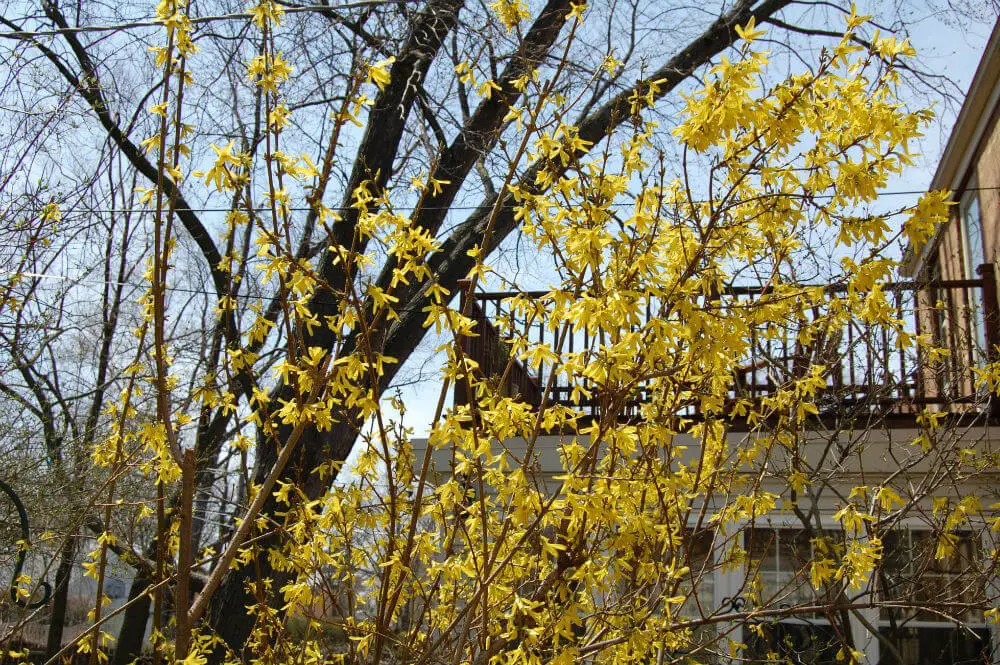
#2. Pieris
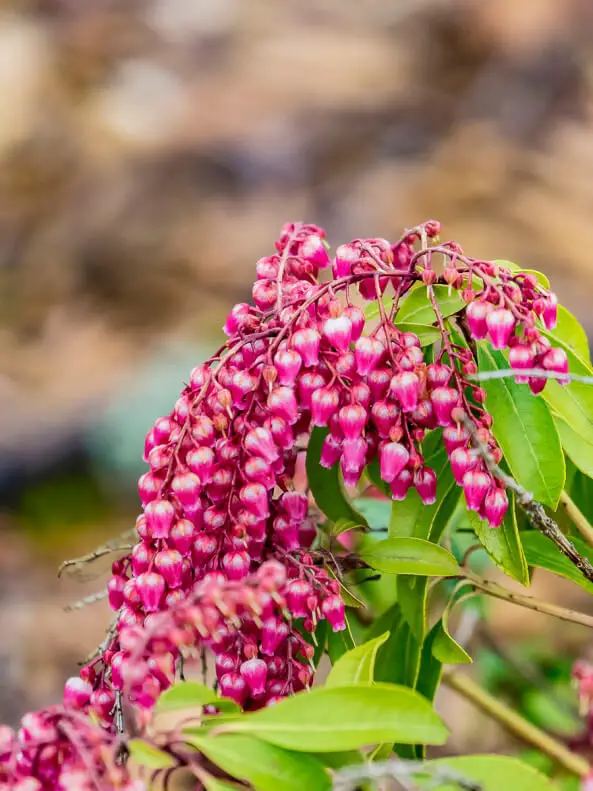
#3. Rhododendron
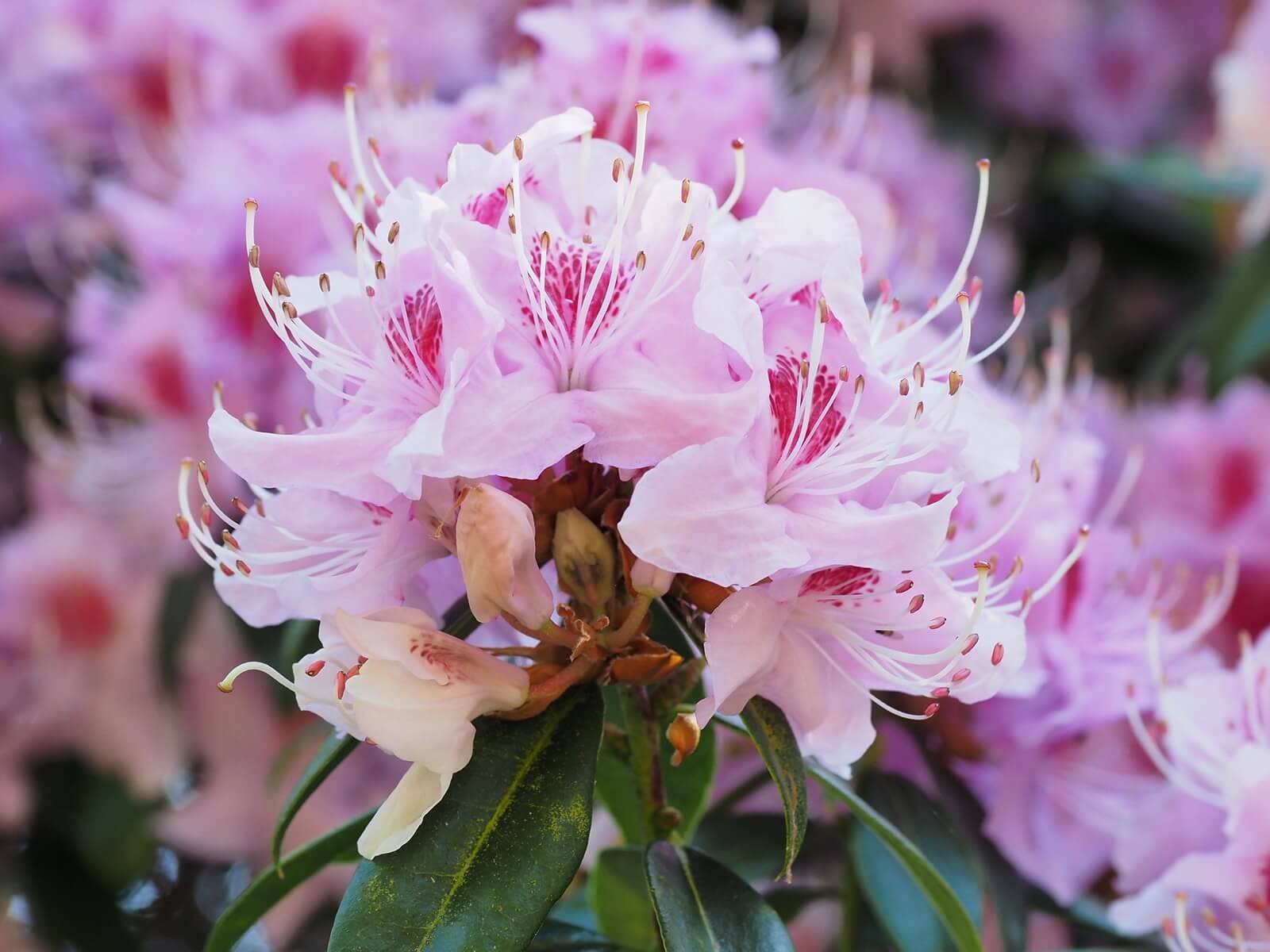
#4. Azalea
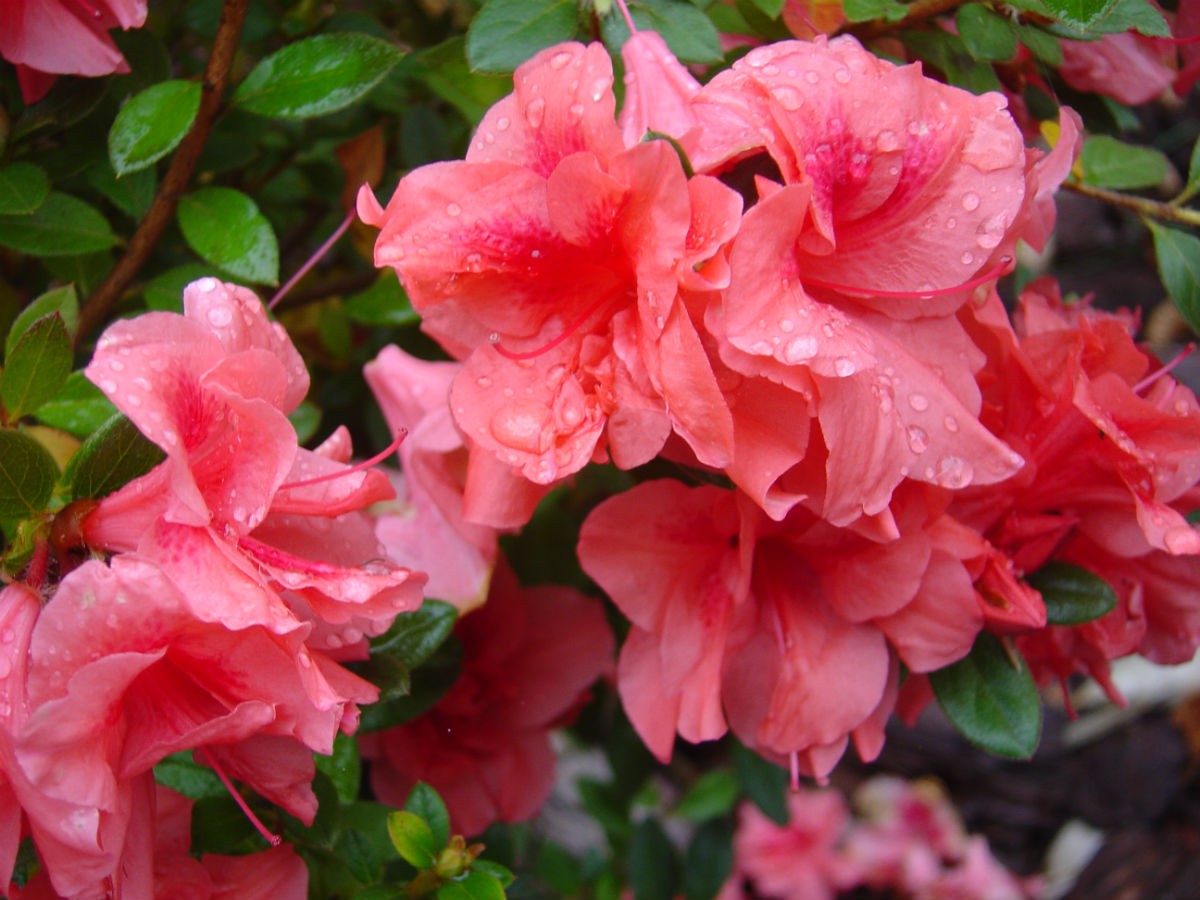
#5. lilac (Syringa)
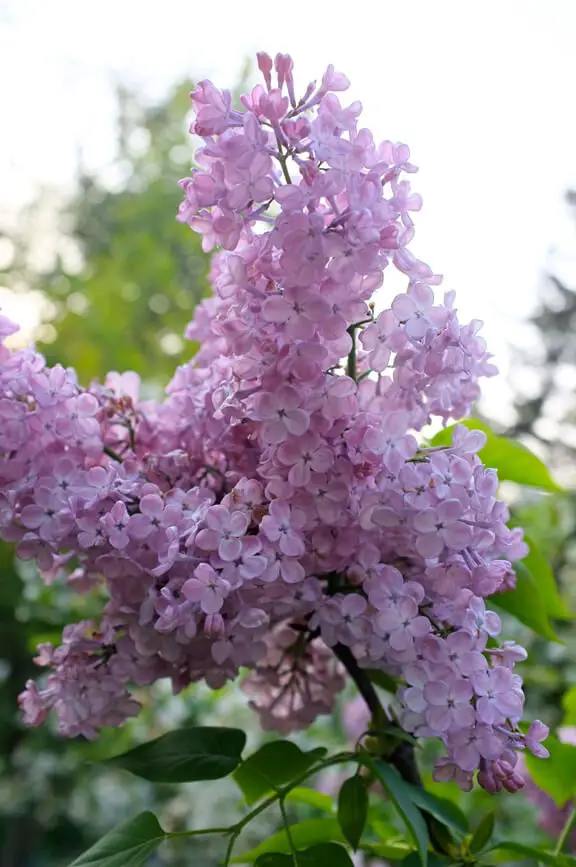
#6. Mock orange (Philadelphus)
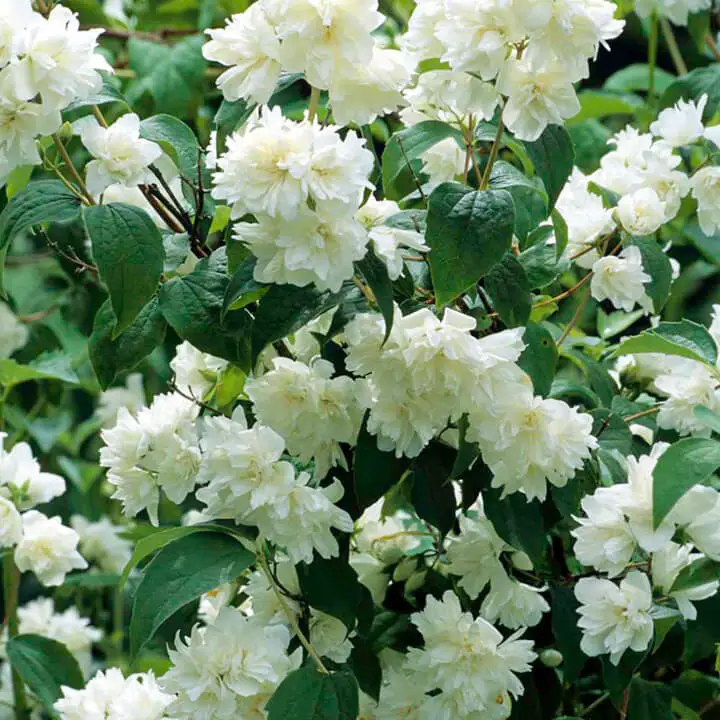
When it comes to mock orange (Philadelphus), a crucial step in its maintenance is pruning after blooming. Specifically, prune your shrub within 14 days of its spring bloom cycle coming to an end. This allows the plant to redirect energy towards healthy growth and development throughout the remainder of the season.
While some minor trimming may be necessary to tidy up stray branches, avoid any significant shearing or cutting at this stage, as it can significantly impact next year’s flowering performance.
Summer or Fall Flowering Shrubs
#1. Spiraea
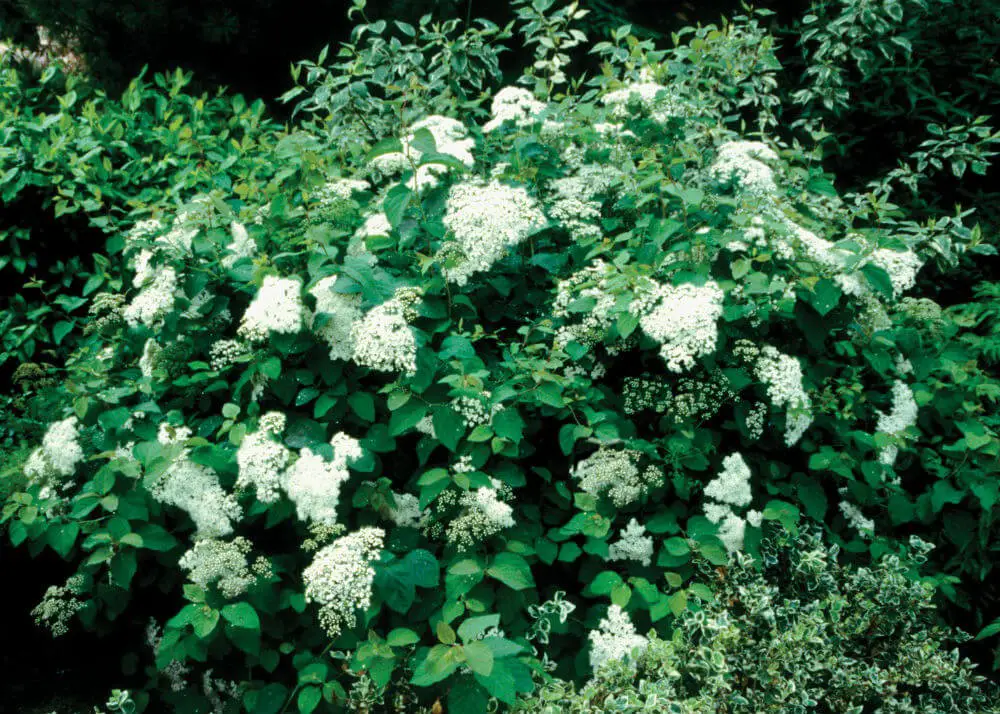
#2. Weigela
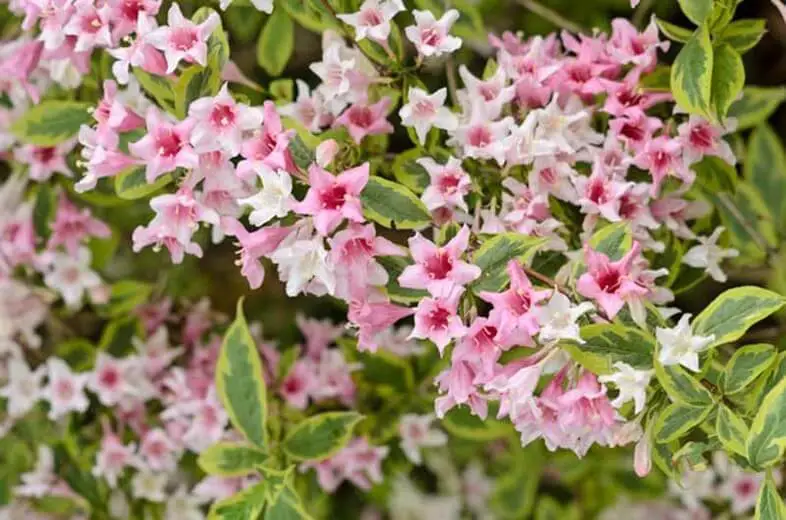
#3. Butterfly bush (Buddleia)
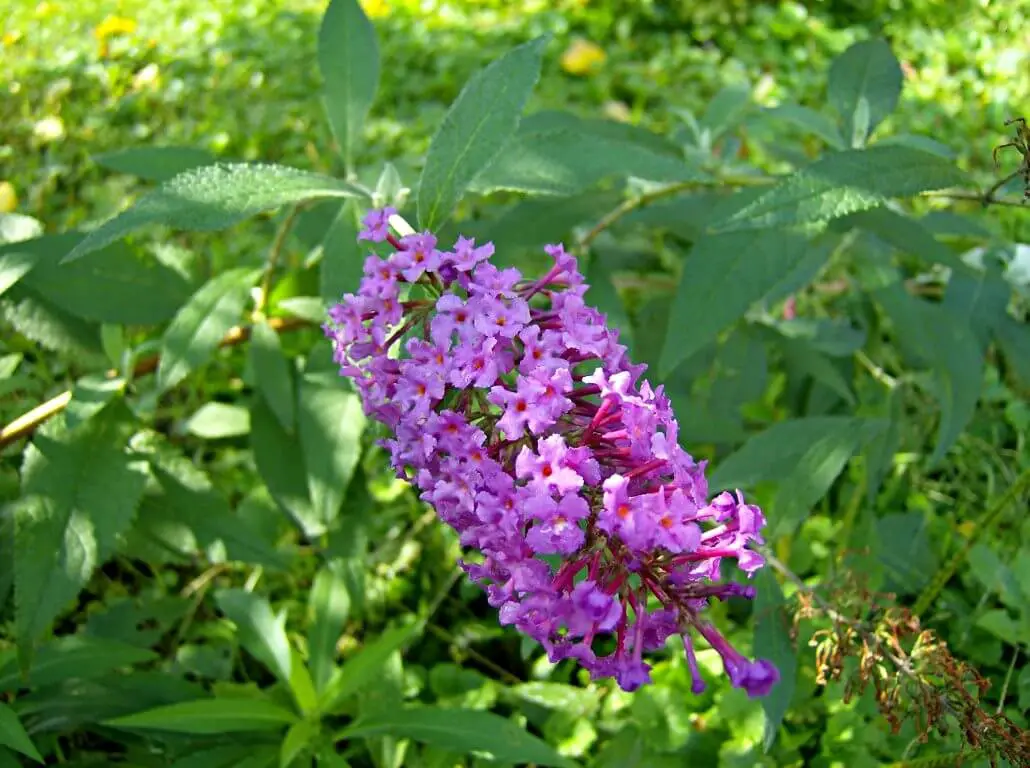
#4. Blue mist shrub (spigela)
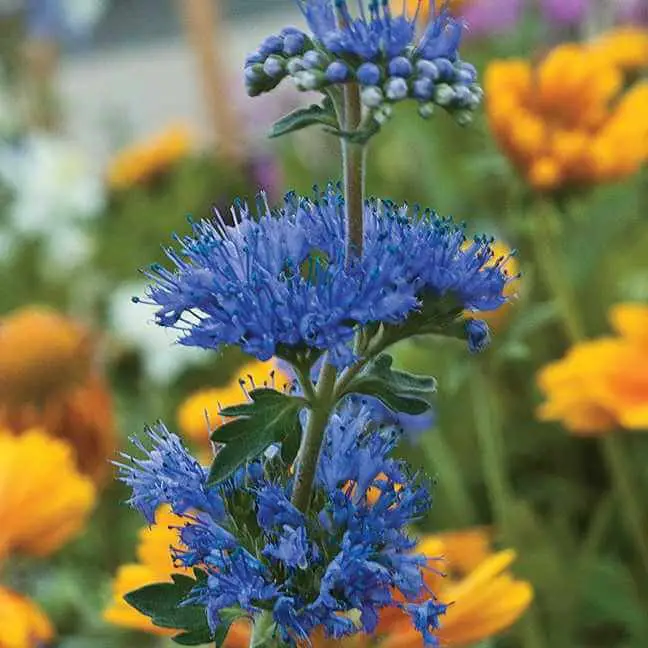
#5. Rose of Sharon (Hibiscus)
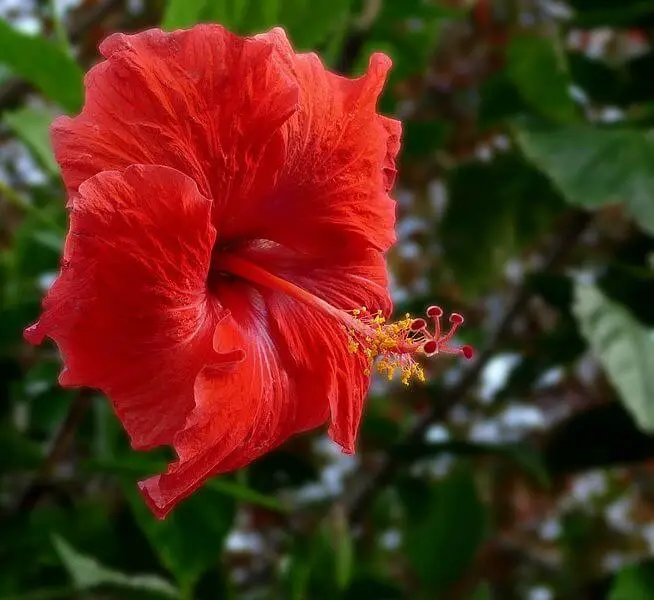
#6. Summersweet (Clethra)
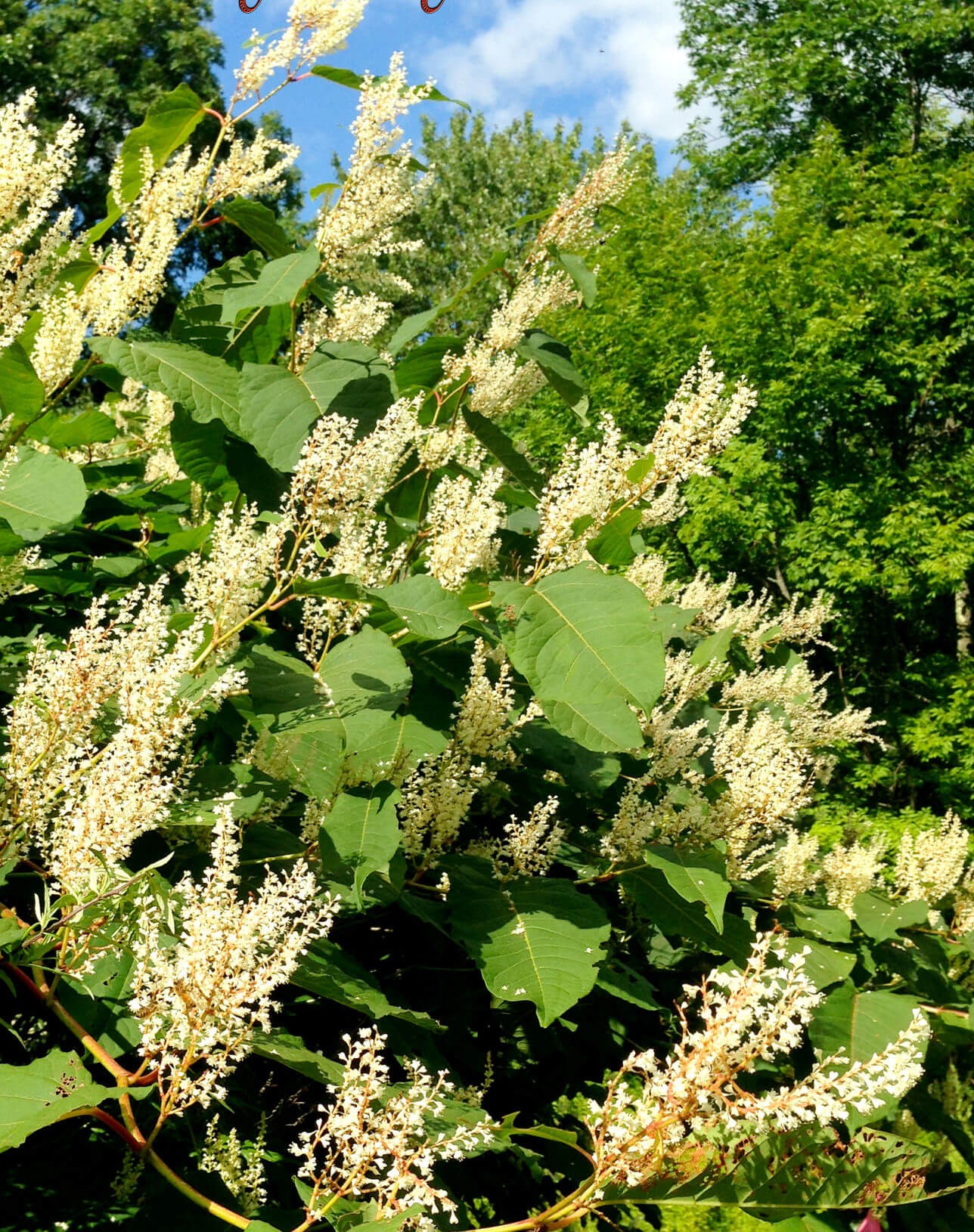
When it comes to shrubs that bloom during June, July, August, and September, pruning them in late winter can help shape their growth for the upcoming season. However, it’s essential not to delay until spring arrives, as many of these shrubs begin forming flower buds at this time. Instead, cut back these shrubs as needed just as they start to leaf out, using small hand clippers or loppers to remove any branches that require pruning.
This approach allows for selective trimming throughout the growing season, ensuring a healthy and well-manicured appearance without sacrificing blooming potential.
Best Time to Prune Evergreens
When it comes to landscaping small areas, selecting the right evergreen shrubs can make all the difference. Among the numerous options available, there are 39 small and dwarf evergreen shrubs that excel in compact spaces. In this collection, you’ll discover a variety of species that thrive in smaller landscapes, offering year-round beauty and low-maintenance care.
#1. Yew (Taxus)
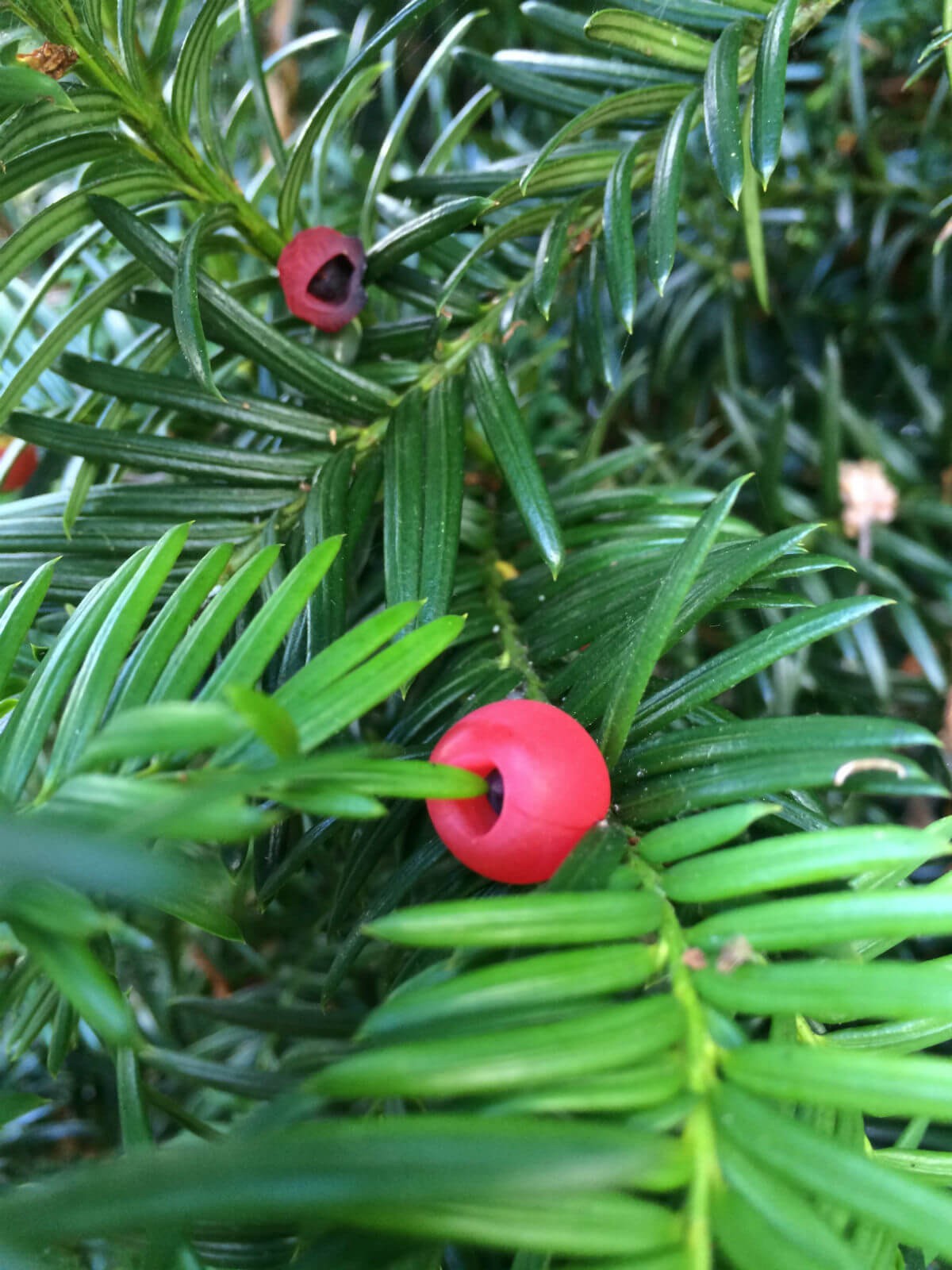
#2. Juniper (Juniperus)
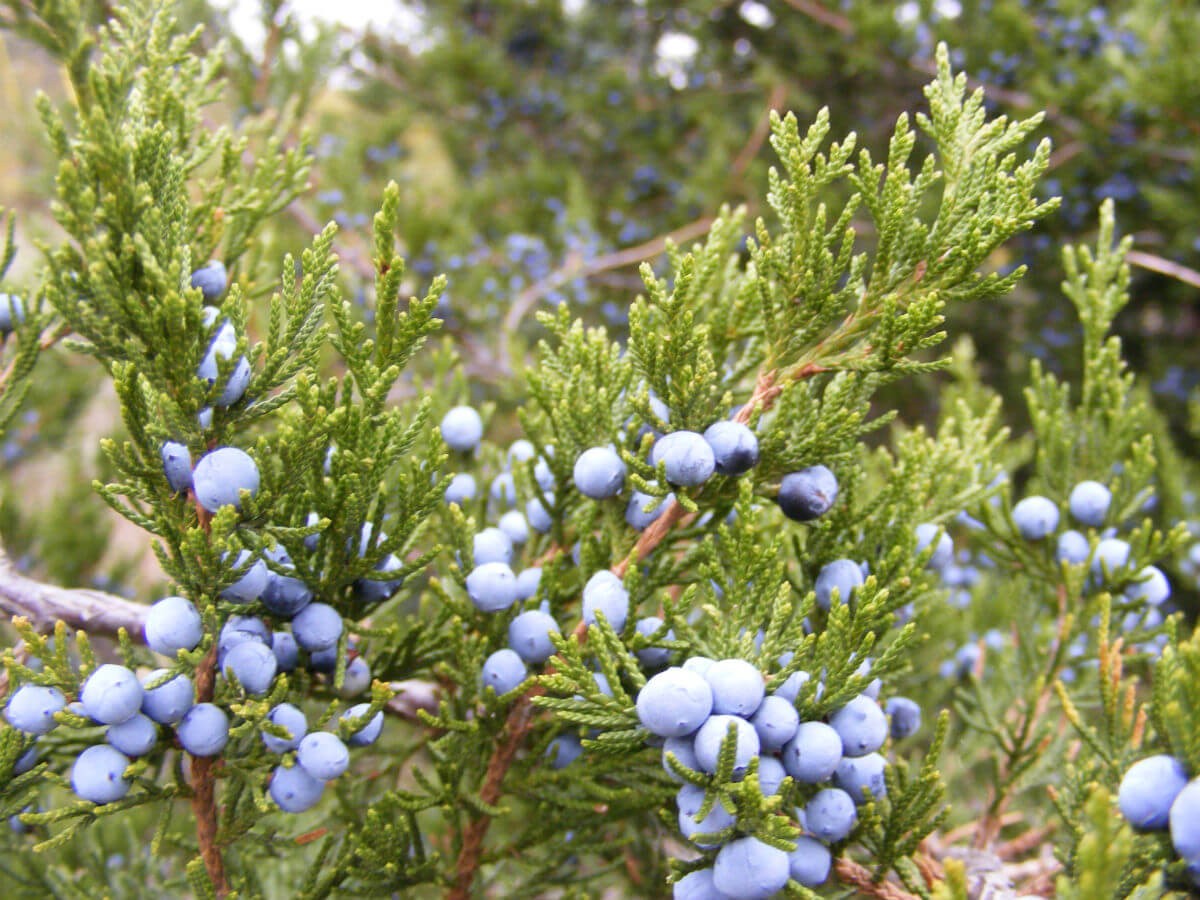
#3. Pines (Pinus)
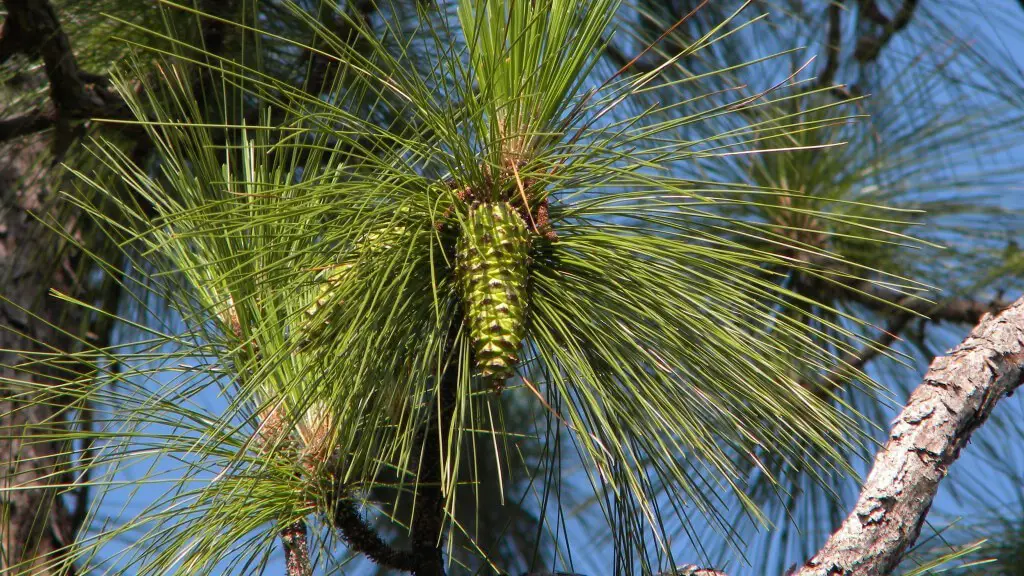
#4. Spruce (Picea)
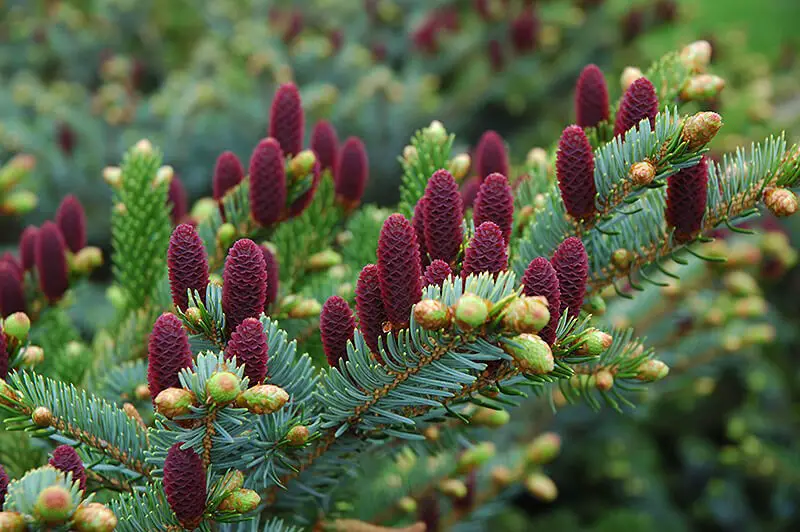
Spruce trees (Picea) should be pruned during their dormant period, which in USDA zone 6 falls between mid-December, January, and February. This pruning initiates a chemical response that stimulates new growth within the plant. When cuts are made just before spring, they result in robust new foliage and branching throughout the upcoming season.
Conversely, if pruning occurs in late summer or autumn, the emerging growth is likely to be killed by frost before it has fully matured and hardened off, making it susceptible to winter damage. This same rule applies to deciduous shrubs like burning bush (Euonymous alatus), Harry Lauder’s Walking Stick (Corylus avellana ‘Contorta’), and shrub dogwood (Cornus alba).
A Word About Hydrangeas
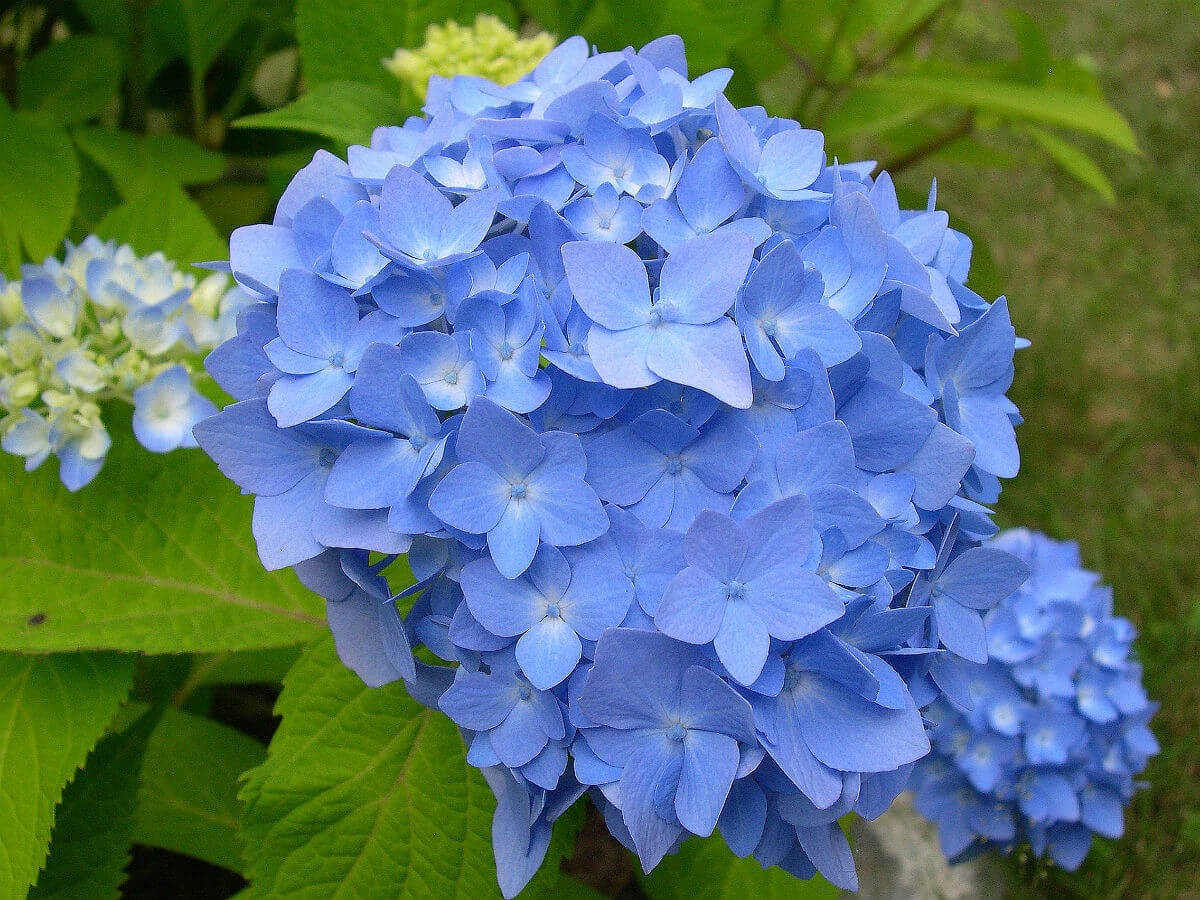
When pruning hydrangeas, it’s crucial to consider the specific variety. Generally, older hydrangea types (Hydrangea macrophylla) can be pruned after they’ve finished flowering. In contrast, newer varieties like Endless Summer ™ (also H. macrophylla) are bred to produce blooms on both new and old wood, making the timing of pruning less critical.
Another popular type, Hydrangea paniculata, which is often grown in tree form, produces flowers on its current-season growth and can be pruned just before spring arrives. If you’re unsure about your hydrangea’s specific needs, it’s always best to err on the side of caution and use a light touch when pruning.






